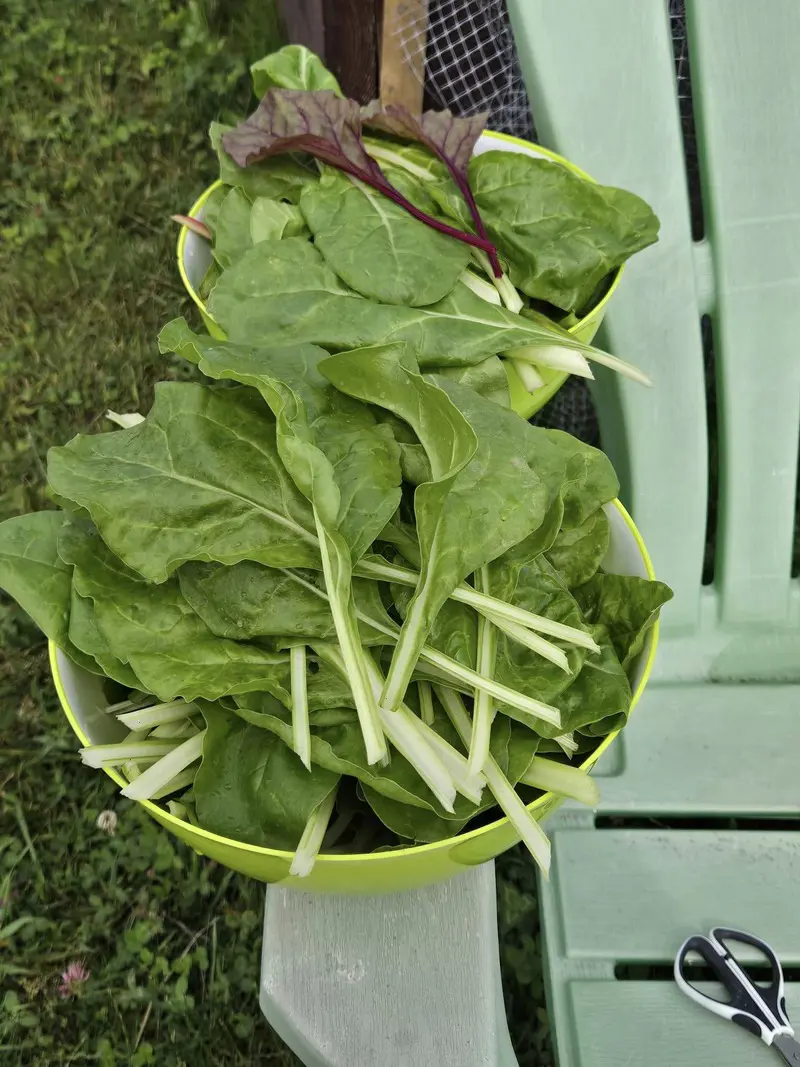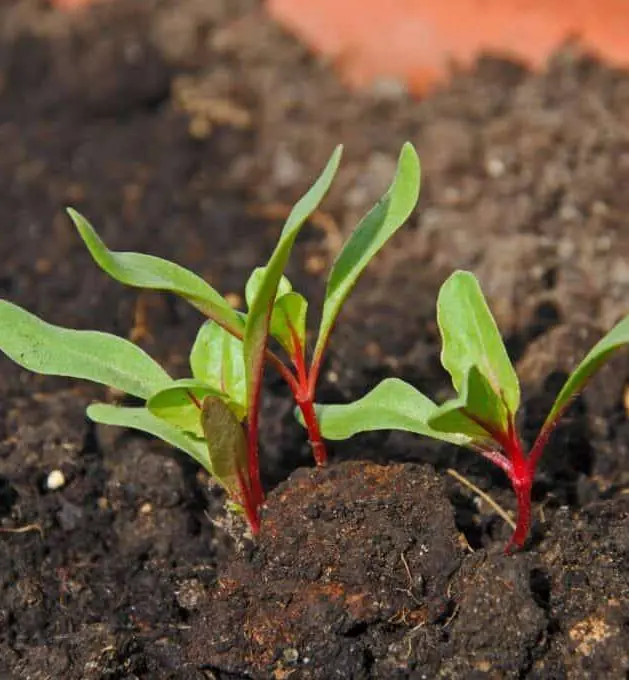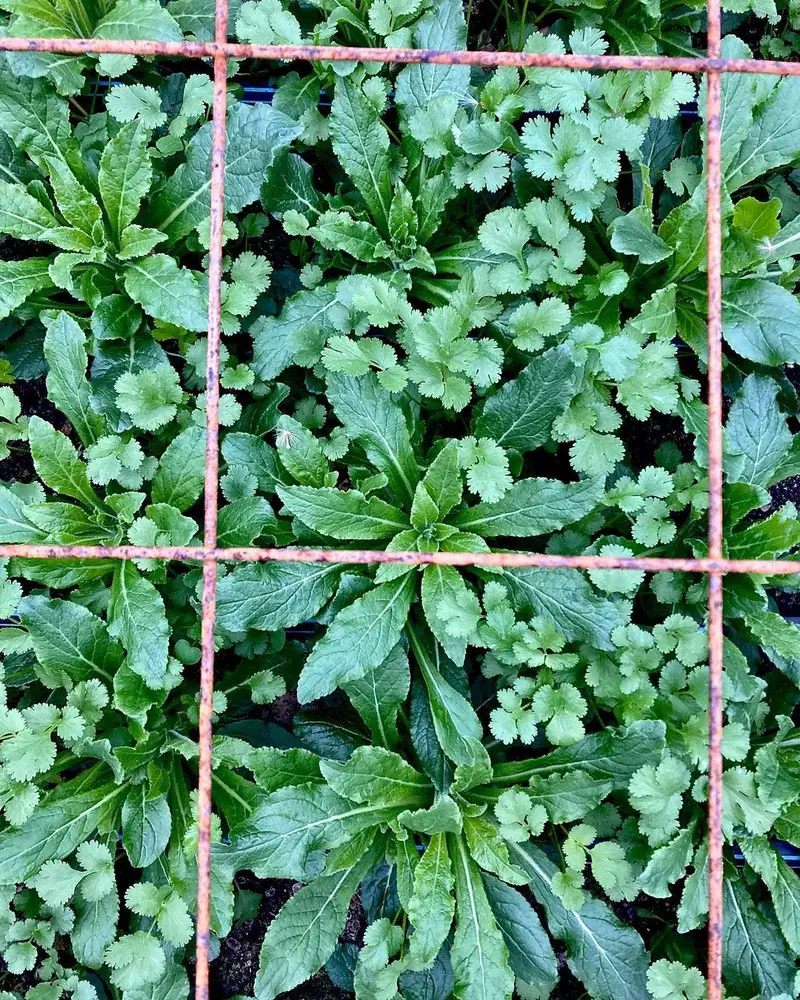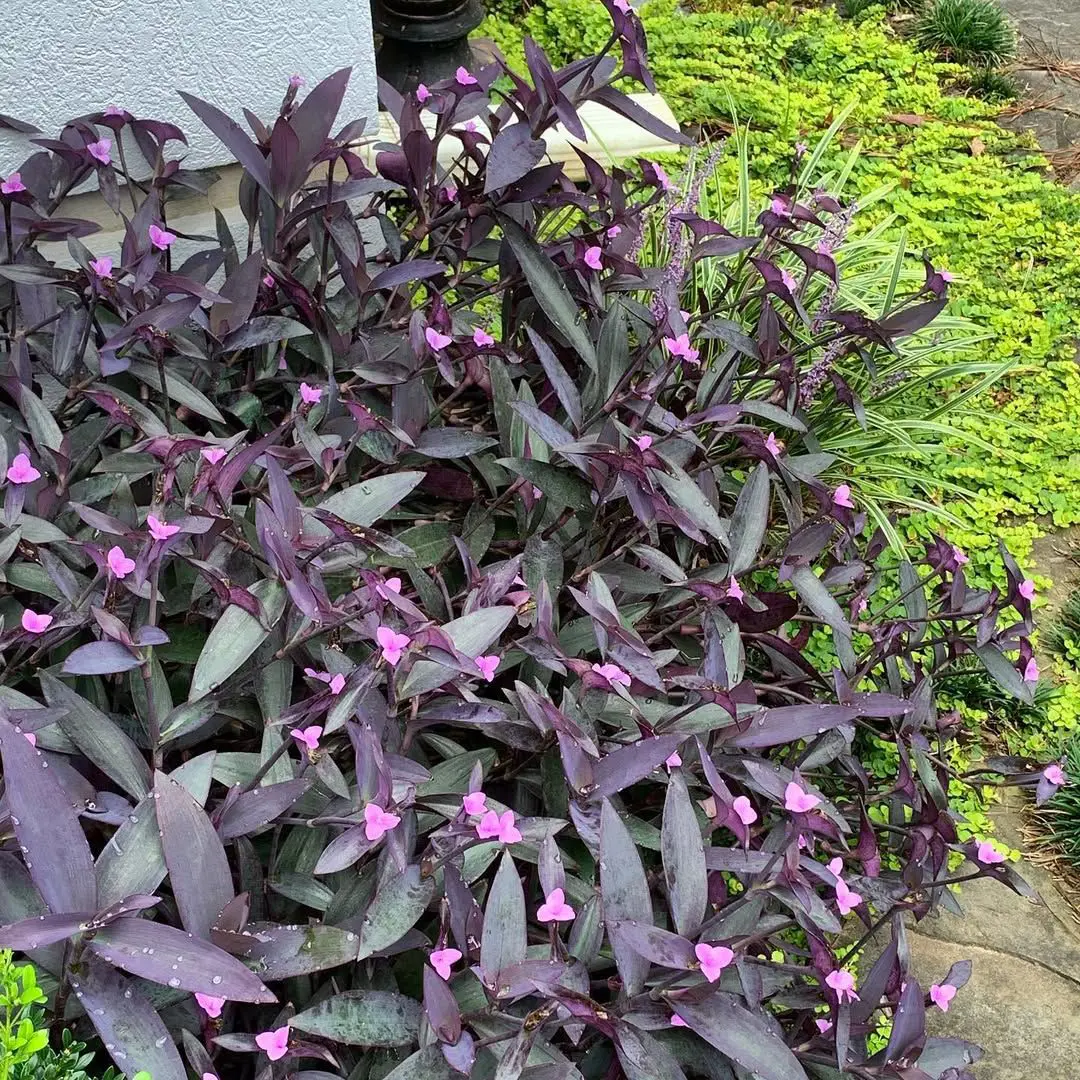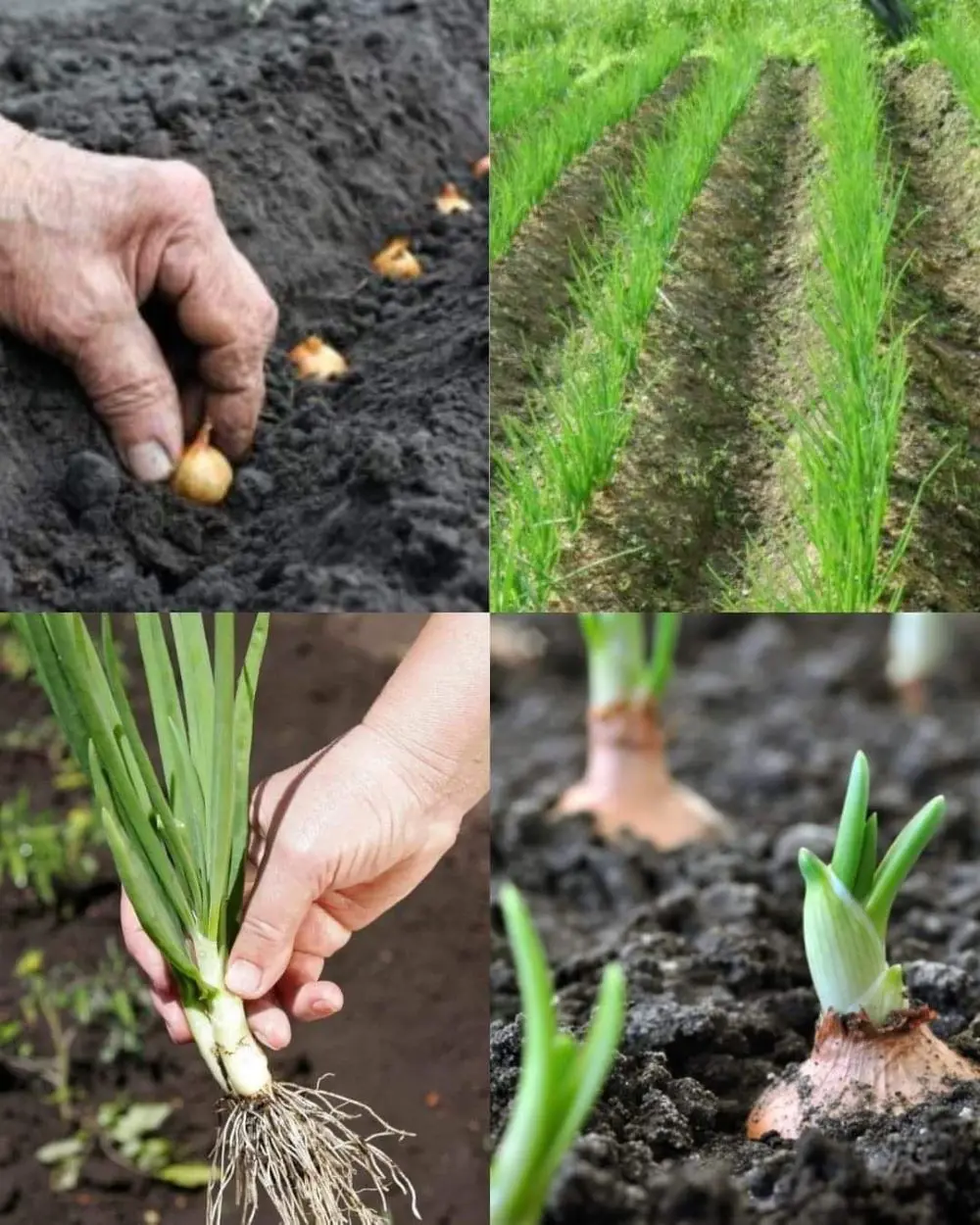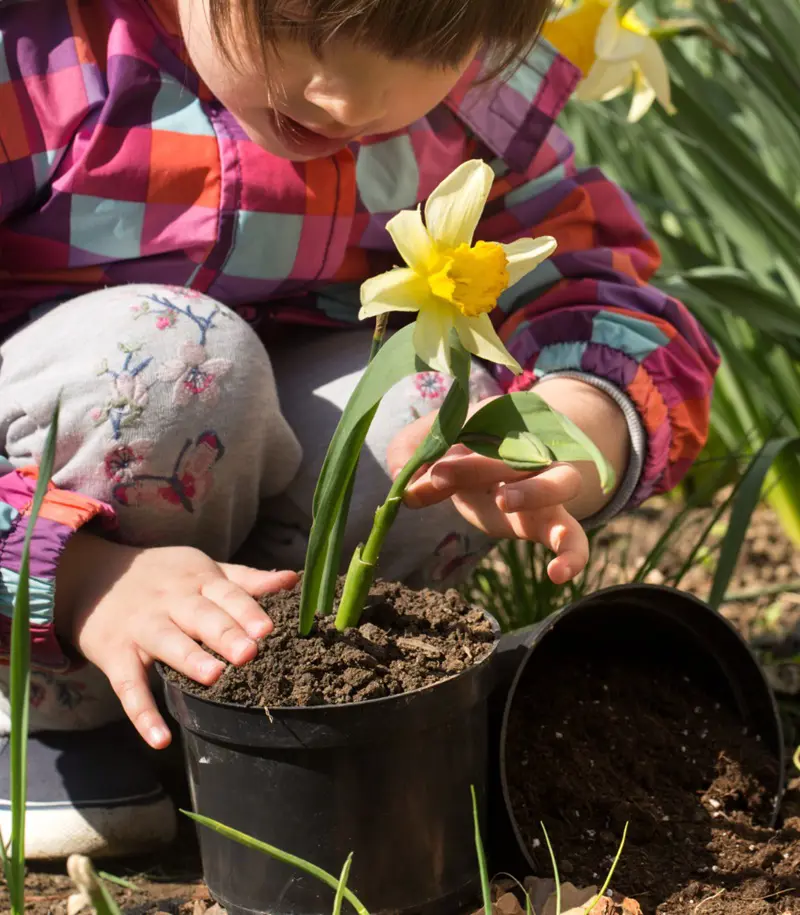How To Plant Swiss Chard
Planting Swiss chard starts with proper preparation. From selecting the right location in your garden to choosing the best varieties, laying the groundwork will ensure your Swiss chard plants thrive. Here’s what you must do to prepare to plant Swiss chard in your garden.
Soil preparation is critical; Swiss chard prefers well-draining soil rich in organic matter. Test your soil's pH and aim for a range between 6.0 and 7.0. Amend your soil with compost or well-rotted manure to enhance fertility and texture. Choose a sunny spot in your garden as Swiss chard thrives in full sun but can tolerate partial shade.

